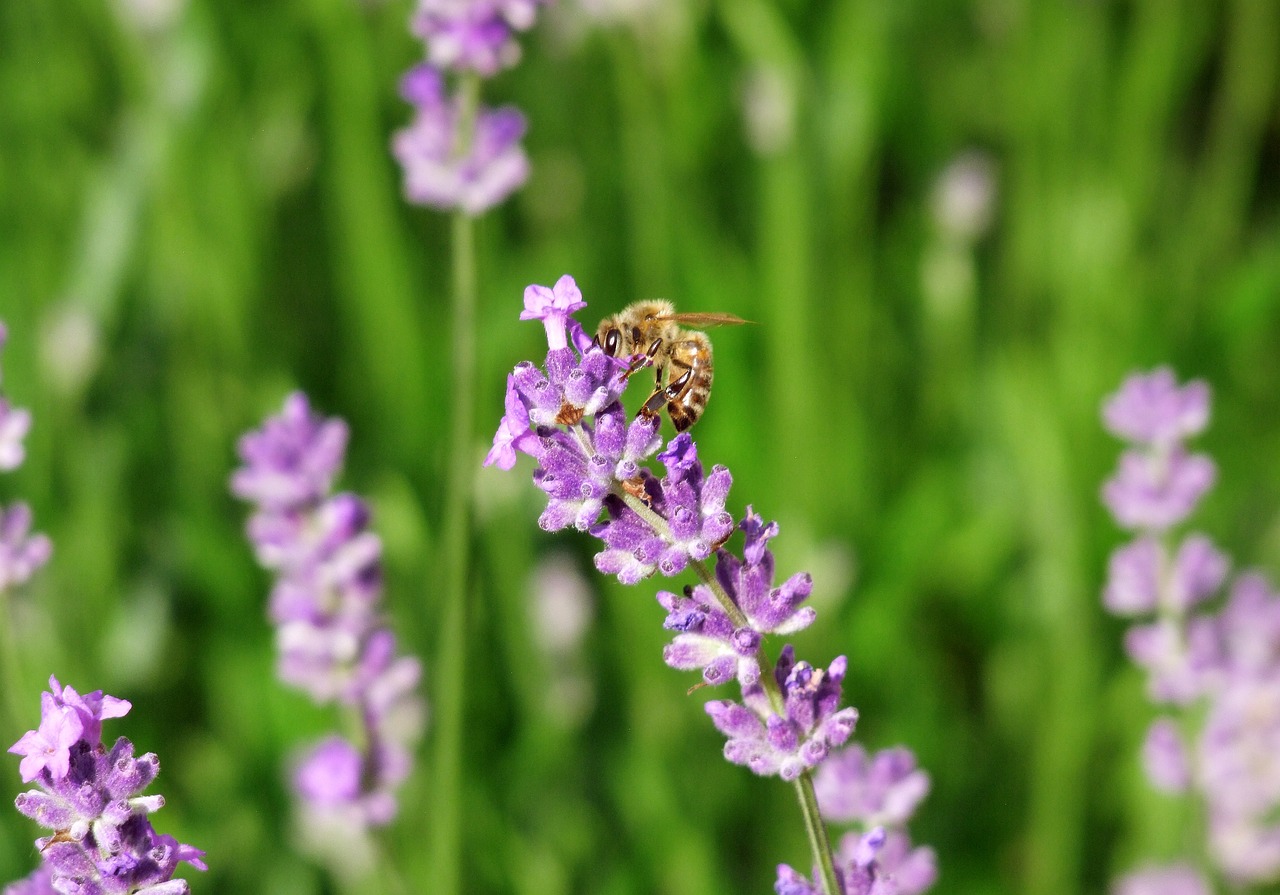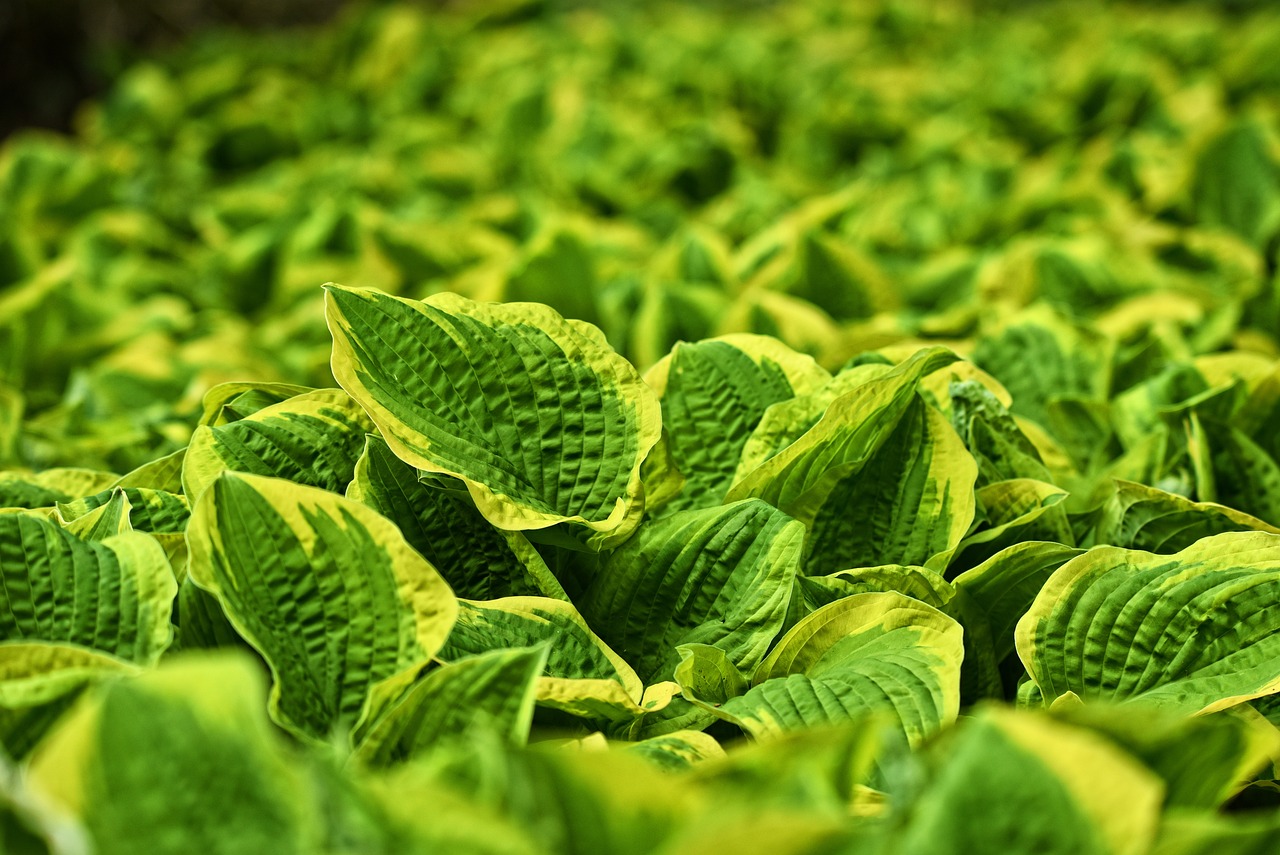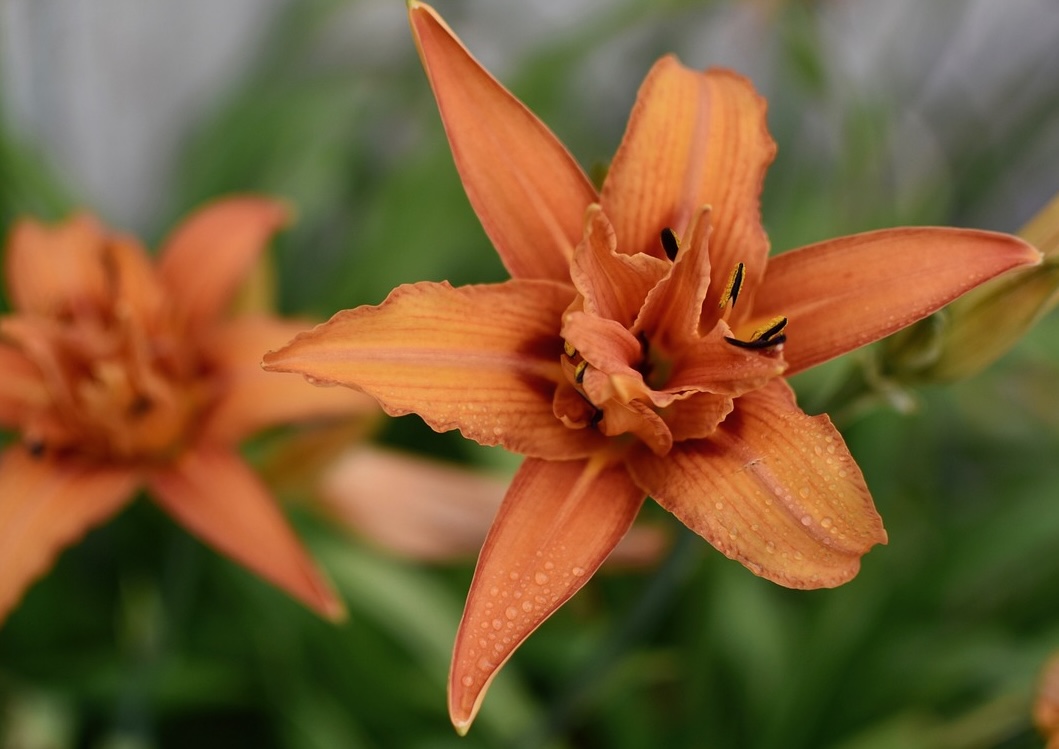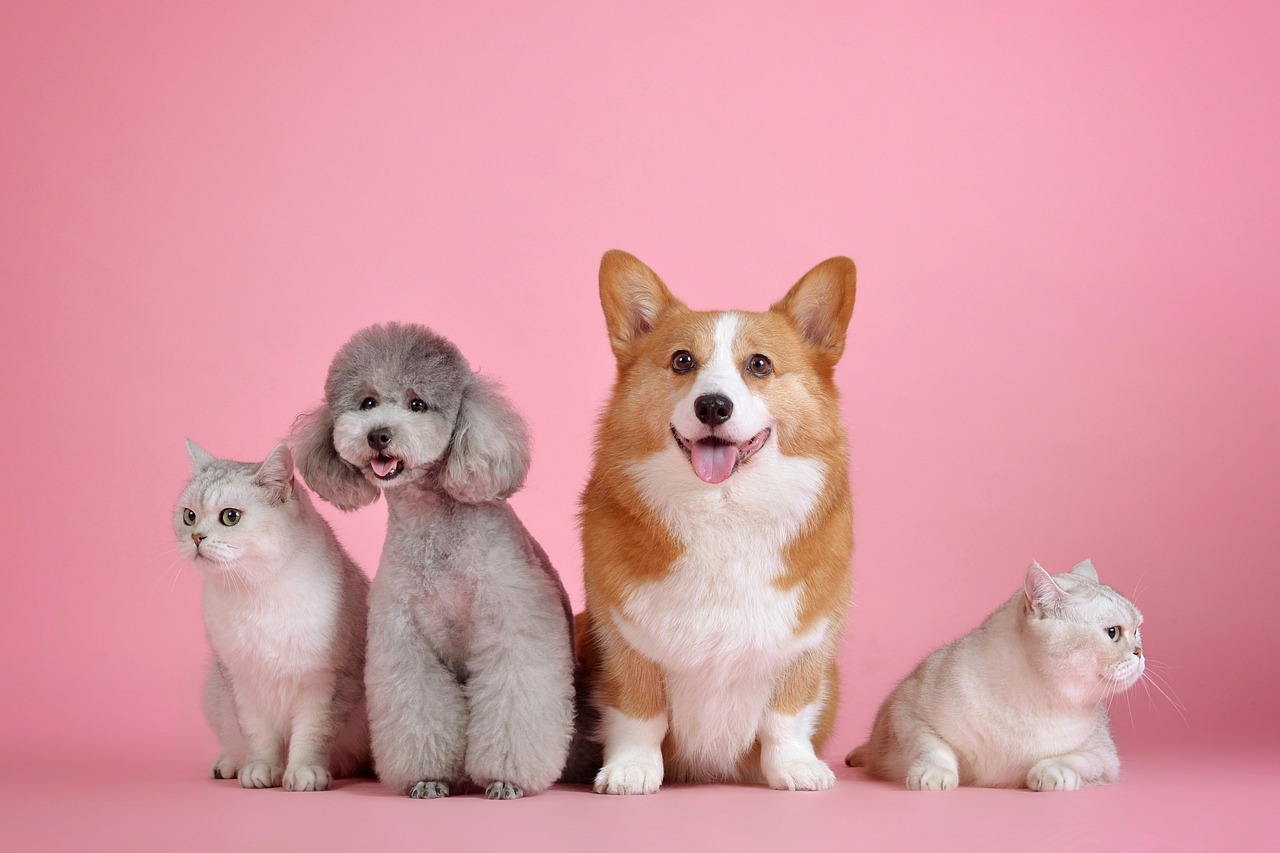Every gardener has two things that love deeply in life: plants and pets. So that's why we're on the lookout for pet-friendly plants that won't threaten your best friends if they take a nibble.
For the uninitiated, many common houseplants can be toxic to dogs and cats if ingested, causing a range of symptoms from mild irritation to more severe health issues. To help you create a pet-friendly garden, our professionals from Urban Gardeners in South East London create a list of some beautiful and safe plants that you can confidently add to your place without hesitating.
P.S.
If you’re ever curious as to whether a more of other plants thet are a safe investment for your home, the ASPCA also has an extensive list of plants to avoid (including both indoor and outdoor plants). And if you already have an idea of what plants you want in your space, click on the link below.
Lavender
Most of you already know, but lavender is a fragrant herb known for its purple flowers that attract pollinators like bees and butterflies. It's generally safe for pets and thrives in full sun with well-drained, sandy soil but lavender needs to be pruned after flowering to promote bushiness and enhance its aromatic qualities. Once established, lavender is drought-tolerant and requires minimal maintenance.

Roses
Roses are classic garden plants cherished for their beautiful, fragrant flowers, wonderful choice, especially for dogs and cats. They are generally pet-friendly and prefer full sun with fertile, well-drained soil. However, remember that regular watering and feeding will encourage healthy growth and abundant blooms. Prune roses regularly to maintain their shape and stimulate new growth, ensuring a stunning display in your outdoor space.
Marigolds
Marigolds are colorful annual flowers that add brightness and charm to any garden space. Known for their cheerful blooms and distinctive scent, marigolds are a popular choice for both ornamental and practical purposes.
They are considered generally safe for pets. However, as with any plant, it's essential to discourage pets from ingesting large quantities of plant material.

Peonies
Peonies are showy perennials with large, fragrant flowers that bloom in spring. They are generally safe for pets and thrive in full sun to part shade with fertile, well-drained soil. Use supports for peony flower stalks to prevent them from drooping. Divide peony clumps every few years to rejuvenate plants and ensure robust blooming.
Learn more about peonies and their meaning here.
Ornamental Grass
Various ornamental grasses like Fountain Grass, Maiden Grass, and Blue Fescue add texture and movement to garden beds. They are generally safe for pets and thrive in full sun to part shade with well-drained soil. It's necessary to cut back ornamental grasses in early spring before new growth appears and divide clumps as needed to maintain their vigor and aesthetic appeal.
Now, your favorite gardeners show you some of our suggestions, but we stay in touch for more if you need. Just write us on our Facebook page.
How do you choose ornamental grass?
Ornamental Grass | About | Conditions |
|---|---|---|
Switchgrass | Switchgrass offers airy plumes in late summer and fall. Use it as a privacy screen at the edge of a pool or as an accent in large decorative containers. | Full sun or part shade and well-drained soil |
Reed Grass | These grasses form large clumps of narrow, flattened green leaves from which rise upright flowering stalks bearing narrow flower plums. | Full sun and well-drained soil |
Purple Millet | An incredibly tough annual grass, offers fantastic burgundy foliage and rich purple flower heads that look like fuzzy cattails. These plants look striking in a landscape and attract birds. | Full sun or part shade and well-drained soil |
Little Bluestem | The foliage turns shades of bronze-orange in the fall. Look forward to seeing purplish-bronze flowers rise above the foliage in August followed by clusters of silvery-white seed heads hanging on into winter. | Full sun and well-drained soil |
Fountain Grass | This beautiful, mounding plant has a graceful shape, plus soft, feathery plumes that dance in the breeze. | Full sun and well-drained soil |
Blue Fescue | A short grass perfect for edging or as a groundcover, blue fescue offers powder-blue foliage on tidy, dwarf mounds. Light green flowers with a purple tinge appear in panicles above the foliage in late spring to early summer. | Full sun or part shade and well-drained soi |
Hostas
Hostas are shade-loving perennials prized for their decorative foliage. They are generally safe for pets and prefer part to full shade with rich, moist soil. Keep hostas consistently moist to prevent leaf scorch, especially in sunny locations. Protect them from slugs and snails, which can damage their lush leaves, to maintain their beauty in the garden.

We are 100 % sure that our help could be needed with planting these beautiful plants before your pet finds out about your plans, so check out our planting service.
Coneflowers
Coneflowers are native perennials with daisy-like flowers that attract butterflies and bees. They are generally safe for pets and prefer full sun to part shade with well-drained soil. Deadhead spent blooms regularly to promote continuous flowering and prevent self-seeding. Divide coneflower clumps every few years to maintain vigor and ensure abundant blooms.
Your favorite Urban Gardeners keep more information about everything on our blog page, so don't wait any longer and go read it!
Garden advices
Planting
Garden advices
Garden advices
10
November
03
November
Japanese Maples
If you want trees in your garden, well, the perfect choice is Japanese Maples, because they are small but still valued for their colorful foliage and elegant form. They are generally safe for pets and prefer part shade with well-drained, acidic soil. Mulch around the base of Japanese Maples to conserve moisture and protect roots. It's important to shield them from the hot afternoon sun and strong winds to prevent stress and maintain their health.
Daylilies
Flowers like daylilies are hardy perennials with trumpet-shaped flowers that come in various colors. They are generally safe for pets and thrive in full sun to part shade, adapting well to different soil types but to keep daylilies vigorous, divide clumps every few years. Provide regular water, especially during dry spells, to promote continuous flowering throughout the season.
But if you don’t know how to provide the best water conditions, we simply recommend checking our article for watering techniques, or choose our service “Garden Maintenance”, because we can do it quickly and fast for you.

Tips for Pet-Safe Plant Parenting:
Research Thoroughly ✅: always confirm the safety of a plant before bringing it home or into your garden.
Monitor Your Pets ✅: some pets may still be curious about plants, so observe their behavior around new additions.
Create Plant Zones ✅: consider placing plants out of reach or using barriers like decorative plant stands.
Emergency Preparedness ✅: keep contact information for your veterinarian and poison control center handy in case of plant-related emergencies.
Conclusion
By incorporating these pet-friendly plants into your space, you can enjoy the beauty of nature while ensuring the safety and well-being of your beloved pets. Remember, a thriving garden is one that brings joy to both you and your furry companions!
Gardening is a continuous learning process, so if you think that is a too difficult task for you, we are here for more information on our Instagram page - Urban Gardeners South East London, by email, or just call us at +44 7760 800457.


0 comments